Retro Replay Review
Gameplay
SimCity 2000 expands the city-building template with a level of depth and control few games of its era could match. From the moment you sculpt rivers, hills, valleys, and coastlines, you’re not just playing a game—you’re crafting an entire world. The shift to an isometric viewpoint brings a three-dimensional feel to your metropolis, letting you appreciate the scale of each skyscraper, highway interchange, and suburban cul-de-sac.
(HEY YOU!! We hope you enjoy! We try not to run ads. So basically, this is a very expensive hobby running this site. Please consider joining us for updates, forums, and more. Network w/ us to make some cash or friends while retro gaming, and you can win some free retro games for posting. Okay, carry on 👍)
At its core, gameplay revolves around zoning land for residential, commercial, and industrial development. The introduction of “light” and “dense” zoning gives you greater influence over population density, while the challenge of providing power, water, and efficient transportation keeps the experience constantly engaging. From windmills and coal plants to pipes and pumps, every infrastructure choice has consequences on your city’s health, growth rate, and budget.
Managing traffic is an art form in SimCity 2000. You’ll juggle roads, highways, rail lines, and even subways to prevent gridlock as your population surges. Civic services such as schools, hospitals, police and fire stations, and colleges each play a vital role in citizen happiness—and your approval ratings. Combined with occasional disasters like floods, earthquakes, and alien attacks, the game continually challenges your strategic planning and crisis management skills.
Graphics
SimCity 2000’s isometric pixel art was a breakthrough on release, offering unprecedented clarity and detail for a simulation. Buildings have distinct architectural styles, color-coded zones glow with different hues, and even the smallest roads show lane markings and intersections. This level of visual feedback helps you quickly assess zones, traffic flow, and utility coverage at a glance.
The user interface strikes a balance between functionality and visual appeal. Icons for zoning, power lines, and civic buildings are intuitive, and pop-up information panels display key statistics such as population, budget trends, and pollution levels. Although the menus can feel dense by modern standards, they were state-of-the-art at the time and remain remarkably accessible once you learn their layout.
Across various ports and editions, graphic fidelity varies slightly. The Network Edition on PC adds more refined map overlays, while console versions on the PlayStation and Sega Saturn feature simplified menus to accommodate controllers. Portable versions condense details for smaller screens but retain the essential color schemes and iconography that make SimCity 2000 easily identifiable.
Story
Unlike plot-driven titles, SimCity 2000 thrives on emergent storytelling. There’s no predefined narrative; instead, the rise and fall of your city becomes a personal saga shaped by your decisions. Whether you shepherd a dusty desert town into a bustling coastal metropolis or watch a once-thriving urban center crumble under the weight of debt and pollution, the story unfolds uniquely every playthrough.
The game also offers scenario-based challenges that serve as mini-stories. From controlling San Francisco after a devastating earthquake to grappling with floods in a Himalayan valley, these preset disasters and objectives give structure to your mayoral tenure. Successfully navigating a scenario feels like completing a chapter in a larger urban planning chronicle.
Citizen feedback—delivered through several in-game newspapers—enriches the narrative by giving voice to the residents you serve. One paper might praise your tax cuts, while another lambastes gridlock on the outskirts. These varied perspectives frame your achievements and failures as chapters in an ongoing civic drama.
Overall Experience
SimCity 2000 remains a benchmark for city-building simulations. Its blend of strategic depth, accessible interface, and emergent storytelling creates an experience that’s both intellectually stimulating and endlessly replayable. Newcomers find the initial learning curve steep but rewarding, while veterans appreciate the multitude of systems waiting to be mastered.
Replayability is a core strength: no two cities are the same, and the freedom to sculpt your own terrain adds a personalization layer that few other games can match. Whether you’re experimenting with a hyper-dense megacity or a sprawling suburban sprawl, each choice has tangible effects on your metropolis’s growth trajectory and citizen satisfaction.
Today, SimCity 2000 stands as both a nostalgic classic and a shining example of how simulation games can blend sandbox freedom with meaningful challenges. For anyone curious about urban planning, strategic management, or simply crafting a living, breathing city, this title offers an engaging journey through the joys and complexities of municipal governance.
 Retro Replay Retro Replay gaming reviews, news, emulation, geek stuff and more!
Retro Replay Retro Replay gaming reviews, news, emulation, geek stuff and more!
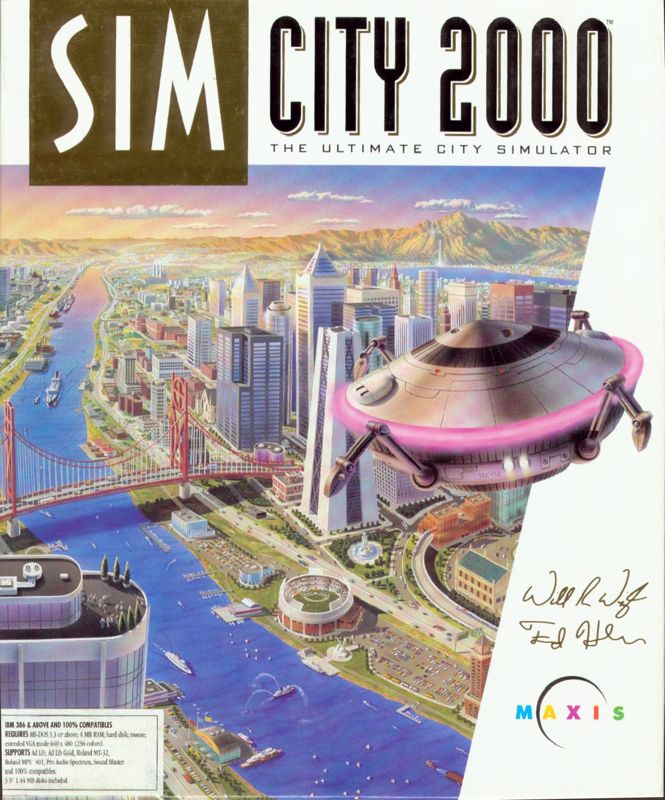
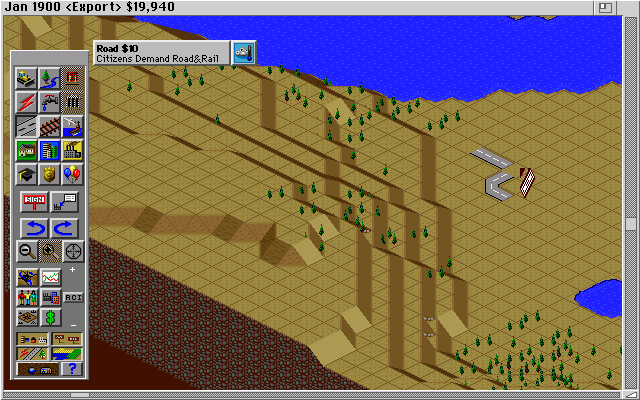
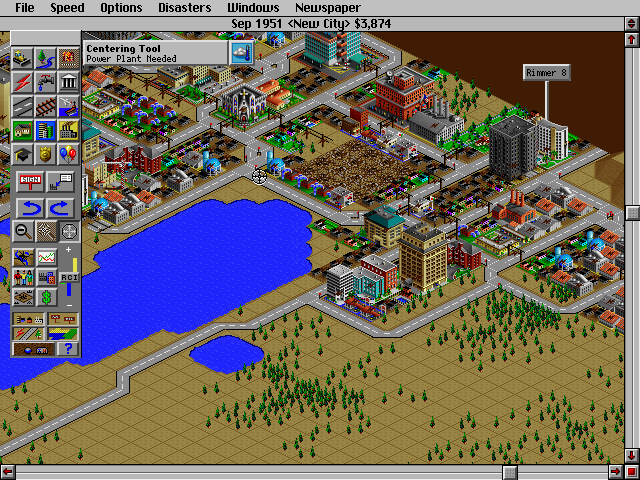
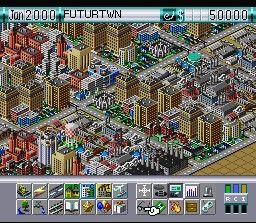
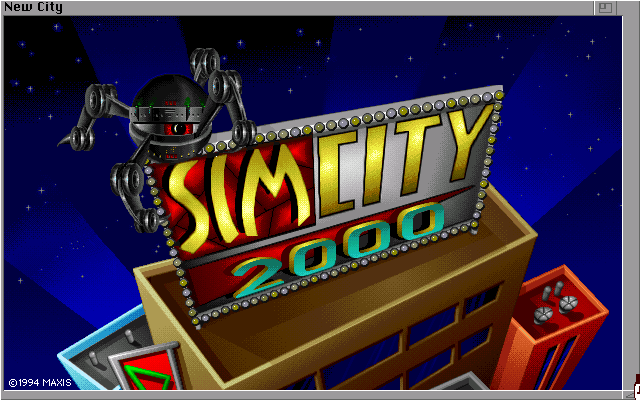
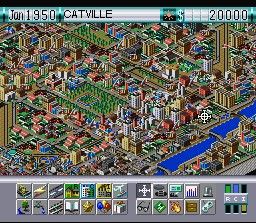



Reviews
There are no reviews yet.